In the world of electric bicycles, most models are full sized high-step or step-thru. They tend to be stiff, smooth-rolling, and affordable because they’re the standard and production volume is high (creating economies of scale). In recent years, some companies have introduced folding models to target boaters, RVers, and even private plane owners… but these bikes usually aren’t much lighter than full-sized models, despite looking smaller. And they tend to be flexier so you lose efficiency but less comfortable because they usually have a limited front suspension or none at all, so you lose power transfer and can’t ride as far before needing a break. Many people who live in cities and apartments have prescious little space and the folding bikes have come up as an option but the weight thing is a real drawback if you have to climb stairs, and the generally cheaper build quality won’t stand up to daily commuting over potholes etc. So for me, this is where the BESV PS1 and PSA1 really shine. This is a full suspension compact bike that does not fold, does not have a telescoping adjustable stem and is not cheaply made. When you ride this electric bike, it feels stable and comfortable. The battery is above-average in terms of capacity, the wires are threaded with rubber o-rings vs. plastic press fit, and the weight distribution is great. While stand over height is not as low as many step-thru models, it’s not thei highest eather and the weight is pretty low (at least for an ebike). Finally, the removable battery makes it versatile. If you’ve got a tall vertical storage space available, such as a closet, you can tip the bike up and lean it against the wall… or even take the saddle and front wheel off with quick release to make it more compact. The suspension fork and rear air shock are pretty good, offering lockout, rebound, and PSI adjust in the rear, and you get a two-year motor and battery + five-year frame warranty from a huge multinational corporation called BenQ group and Darfon which owns BESV. To me, it’s an exciting little bike that’s a blast to ride no matter the conditions. You can spend a bit more on the Carbon fiber PS1 model with fenders and lights or get the PSA1 Aluminum model for ~$2k in one of three colors. Locking ergonomic grips, disc brakes with motor-inhibiting levers, reflective tires, and a compact 1.1 lb charger round out what I consider to be one of the best compact e-bikes on the market right now.
Driving the PSA1 is an internally geared rear-mounted hub motor. It offers a somewhat uninspiring 250 watts of nominal power but likely peaks over 400 watts and it actually performs great. This is one of those areas where the written spec doesn’t tell the whole story. The bike feels zippy but smooth and isn’t as loud as many others… in large part because of this motor. It fits perfectly between a 160 mm disc brake on the left and a seven-speed cassette on the right, almost completely hidden. And because the wheel size is 20″ here vs. 24″, 26″, or 28″, the motor and disc brakes get a mechanical advantage and perform quite well. Smaller wheels tend to be stronger, and more sturdy for carrying heavier loads, but aren’t as comfortable because they don’t span cracks and bumps the way wider wheels do… and that’s where the front and rear suspension really shine on this bike. You get all of the benefits of smaller wheels, including relative motor torque, but none of the negatives.
Powering the bike is an impressively small and good-looking Lithium-ion battery pack triangle. It offers 36.3 volts and 10.5 amp hours which is slightly above average for full sized ebikes, and it only weighs 4.7 lbs. This leads me to believe that the cells inside are of higher quality and more energy dense, which is playing at the strengths of Darfon which makes other electronic accessories and peripherals. The pack can be charged on or off the bike easily by using the compact but average speed two-amp charger. There’s no rack or fenders that come stock on this model so you might want to toss that charger into a backpack or get a little under-saddle bag. As is the case for many compact models, you also don’t get a bottle cage attachment so think about water, locks, and tools when you’re stocking up on accessories and choosing a backpack or messenger side pack. The rear wheel of the bike is bolted on but the seat and front wheel use quick release. So, I’d probably purchase a folding lock for the front wheel and frame and a longer cable lock to run through the saddle rails. Anyway, back to the battery! It locks securely to the frame but requires that you turn the key into the locked or on position or it won’t snap in… it doesn’t just click-on like many other battery pack designs. And this presents a bit of danger if you get distracted and pedal off without first securing the pack. I also noticed that the pack has a bit of wiggle room and could rattle over time even when it is secured, though there are two rubber o-rings in the slide-track below to help dampen movement and sound. Having to leave the key in while riding is a big deal for me beyond securing the pack to the frame, it also requires you to turn the key to the on position every time you want to ride. There isn’t a power button, just the keyed ignition, and you have to leave the key in the whole time which presents a trade-off. Do you put the ebike key on your main keychain and let all of your keys jingle around while riding or do you somehow store the ebike key separately, being careful not to lose it when you leave the bike locked at the rack, but avoid the keychain rattling issue? Both approaches have some negatives but at least the key BESV includes folds down so you are less likely to kick or snag it while pedaling. And finally, another minor gripe I have is that the battery pack does not have an integrated handle or loop to make it easier to grip when off of the bike. If you drop the pack on the way up to your desk at work, it will be an expensive likely $800+ replacement… The high price is due to those high-quality cells and paint-matched casing. This is why Bosch, Shimano and some other brands use a single pack and color style for most of their electric bike drive systems, to make it easier to replace and more compatible with future iterations. The PSA1 has been around now for several years and is made by a large company, the design hasn’t changed thus far, but it’s still going to be more difficult to find and replace if and when the need arises.
I already went into powering up the bike, but once it’s all charged up and the key is twisted to the on position you will see the display come to life. The LCD display is very large and easy to read. It angles forward and back to reduce glare or just give you a better perspective, and I love how easy it is to adjust menu settings. There’s a button pad used to control the display that is mounted near the left grip, easily reachable while steering, and the top two circular buttons cycle through trip stats (the left button) and open the menu (the right button). Below these keys are up and down arrow keys that let you raise or lower the pedal assist level. You can ride the bike in off (regular pedal-power mode) and 1, 2, or 3 assist. Lower levels will maximize range while the higher will raise power and speed, up to and even a little bit beyond 20 mph. As someone who is fairly active and weighs ~135 lbs, I was surprised when BESV told me that the max speed was 19 mph because it easily got me up to 22 mph on flat paved roads without much additional effort while riding in assist level three. Higher speeds will deplete the battery faster but might be handy for long commutes where time is precious. BESV advertises up to 50 miles per charge and I feel that 30 to 50 is a good estimate depending on how and where you ride. At all speeds, the bike felt stable and safe. Sometimes these smaller-wheeled 20″ ebikes can get a little squirrely, but that’s one of the big strengths of non-folding PS1 and PSA1, not having so many adjustments on the steering portions, it just feels more solid. The cadence sensing assist used on the bike isn’t as fluid, responsive, or efficient as torque or multi-sensing, but it is more consistent and doesn’t require that you push as hard when pedaling. For a bike like this, it felt good enough, and I was impressed with the upgraded brake levers that have an integrated bell on the left and both have motor inhibitors. Anytime you pull either brake lever, the motor is going to halt power and the 160 mm disc brake rotors are going to slow you down smoothly. Yes, hydraulic brakes would be wonderful, but that would push the price up and I sincerely feel that $2k is a great price for such a custom bike with better than good hardware.
I was super excited to see the PSA1 in person and discover that the older Carbon PS1 had dropped in price to $2.5k. These are bikes that feel great once you have a chance to actually take a test ride and even though the display is overkill and non-removable, it does work well when riding. You’ve heard my gripes and I’ve listed them again in the cons section below but overall, I’m happy to have a choice like this in the compact category. This is a niche that I find interesting and useful and BESV has delivered something special that is now within financial reach of a lot of consumers. Before, the first time I saw the Carbon PSA1, I felt like it was neat but unrealistic. This time, with the Aluminum PSA1, I helped a young lady with a test ride at ELV Motors in Santa Clara (I just happened to be visiting the shop and reviewing this bike) and she really liked it. It felt more comfortable and controllable to her than the full sized models that all weighed 50+ lbs and cost as much or more. You do get two keys with the bike so even if you lose one, you’re still good. And you do get that solid warranty and dealer support from a growing network. Some of the BESV bikes are like fancy over-engineered racecars to me and seem a bit more showy than functional, but the PSA1 is not. I think it looks great, but not overly flashy, blending in well with non-electric bikes and providing the most important thing to me besides price and weight; comfort. Big thanks to BESV for partnering with me on this review and helping me to get a PS1 and PSA1 side by side to talk about the differences. The carbon weighed ~41.7 lbs with fenders and lights vs. the alloy at 43 lbs for ~$500 less.
Pros:
- One of the most comfortable compact electric bicycles I have tested, the two-point suspension cushions the ride and really makes up for the smaller wheel diameter, this is more comfortable than a lot of similar sized folding ebikes
- Even though the PSA1 doesn’t fold, the front wheel comes off easily with quick release and the battery is removable so you can reduce weight and fit it into tight spaces (like if you live in an apartment or are traveling in an RV)
- Despite having an Aluminum frame vs. the Carbon fiber frame on the original PS1, the bike is still relatively lightweight at just 43 lbs, the removable battery weighs 4.7 lbs
- The frame looks beautiful and weight is positioned relatively low and center, I appreciate the three color options (white, yellow, and red) and the internal cable routing
- Even though the motor is only rated at 250 watts (pretty low for US bikes) it works well in the smaller diameter 20″ wheel because it has a mechanical advantage there vs. larger 26″ or 28″ wheels
- You can charge the battery on or off the bike and it uses the same plug design so there aren’t extra accessories that might get lost, the charger is compact and lightweight (just 1.1 lbs) making it easy to bring along
- Nice reflective tires, double walled rims with reinforcement eyelets for added strength, locking ergonomic grips, and kickstand… the stand is mounted towards the back so your crank arms won’t collide with it as you back up or perform maintenance
- Pretty reasonable pricepoint for such a custom electric bike, BESV is a large company that has been producing e-bikes for several years now and offers a solid 2+ year warranty and growing network of dealers
- The suspension fork has lockout so you can reduce bobbing (and energy loss) on smooth terrain, the rear shock uses air and can be raised to suit your body weight
- I like that BESV chose standard trigger shifters vs. the large thumb shifter you see on some other low-end drivetrains, you get a reasonable 7-seed cassette and Shimano Altus derailleur (one step up from the bottom level spec)
- Battery capacity is above average, especially considering how small and lightweight the battery is, most other folding and compact ebikes are smaller and won’t take you quite as far as the PSA1 and new PS1 models
- The bike pedals well and the chain won’t bounce off because it has two alloy plates on either side of the chainring, these plates create a guide that also protects the chain and teeth from curb impacts and keeps your dress or pants clear while pedaling like a minimal chainring cover
- The motor doesn’t produce much noise while riding and since it and the battery are so compact and paint-matched, they blend in and the bike almost doesn’t seem electric
- The derailleur cable has an inline finger adjuster so you can align it easily over time without going to the shop (shifter and brake cables tend to loosen with use over time), I like that the electronic cables up front use threaded connector points with rubber washers to keep water out
- The PSA1 is surprisingly light, it handles well, and it isn’t as noisy as most folding ebike models which often weigh more and might experience frame flex… these are some of the trade-offs between a compact ridig frame vs. folding
Cons:
- Unfortunately, if the seat post is set all the way down you cannot take the battery pack off, this could become annoying for petite riders who want the saddle low but also prefer to store teh bike and battery separately (or charge off-bike at work), in that case, consider using a hack saw to trim the lower portion of the seat tube off so you can still get the battery off easily (do sand the end of the seat post after cutting it so it isn’t sharp)
- The display looks great and is easy to read and navigate but is not removable, it would be a bummer if it got scratched at a bike rack or just faded and wore out over time, some people put their helmets over their displays to protect them
- As much as I appreciate the motor inhibitor on the brake levers and the integrated bell… I feel like hydraulic disc brakes vs. mechanical would be worth a small bump in price to get adjustable reach levers and easier actuation for petite riders and those with weaker hands
- Stem height and angle are not adjustable and the seat post ins’t super long so you don’t get as much built-in adjustability with this bike… but it does feel more solid and should fit medium and small sized riders just fine
- The mid-step frame design is a bit sturdier and stiffer than deep step-thru wave but requires additional leg strength and flexibility to mount, you have to step higher or swing your leg around the back
- The key must be left in the battery ignition slot and twisted in order to power the bike up, it works more like an automobile in this sense but the key could get in the way while pedaling and jingle around if you’ve got a keychain with other keys attached, I prefer electric bikes with switches vs. key requirements… though I do appreciate the folding end of this key to help it lay flat
- The battery is super compact and it looks awesome but there’s no handle or solid grip point on it which makes carrying it around somewhat precarious, it would be expensive and even dangerous if you accidentally dropped it
- Sliding the battery pack into position on the frame is surprisingly easy and I love the rubber washers at the base to reduce rattling and create a snug fit… but the pack doesn’t lock into place, so if you forget to turn the key after sliding the pack on, and you just ride off, it could fall out the back and get damaged
- The shifter cables and motor power wire protrude on the right side of the frame making them more vulnerable to snags or bends if the bike tips over, just be careful with that side of the bike (lay the bike on its left side if you’re storing it in the back of a car or trunk), thankfully, there is a quick-disconnect port on the motor cable to make rear-wheel maintenance easier
- The display panel will power off if you don’t use the bike for a few minutes and that’s nice, but in order to get it on again you have to turn the key to off and then on vs. just pressing buttons on the control pad
Resources:
- Official Site: http://us.besv.com/products/psa1
- More Pictures: https://goo.gl/photos/cZutwm4ESxP7Nz9u7


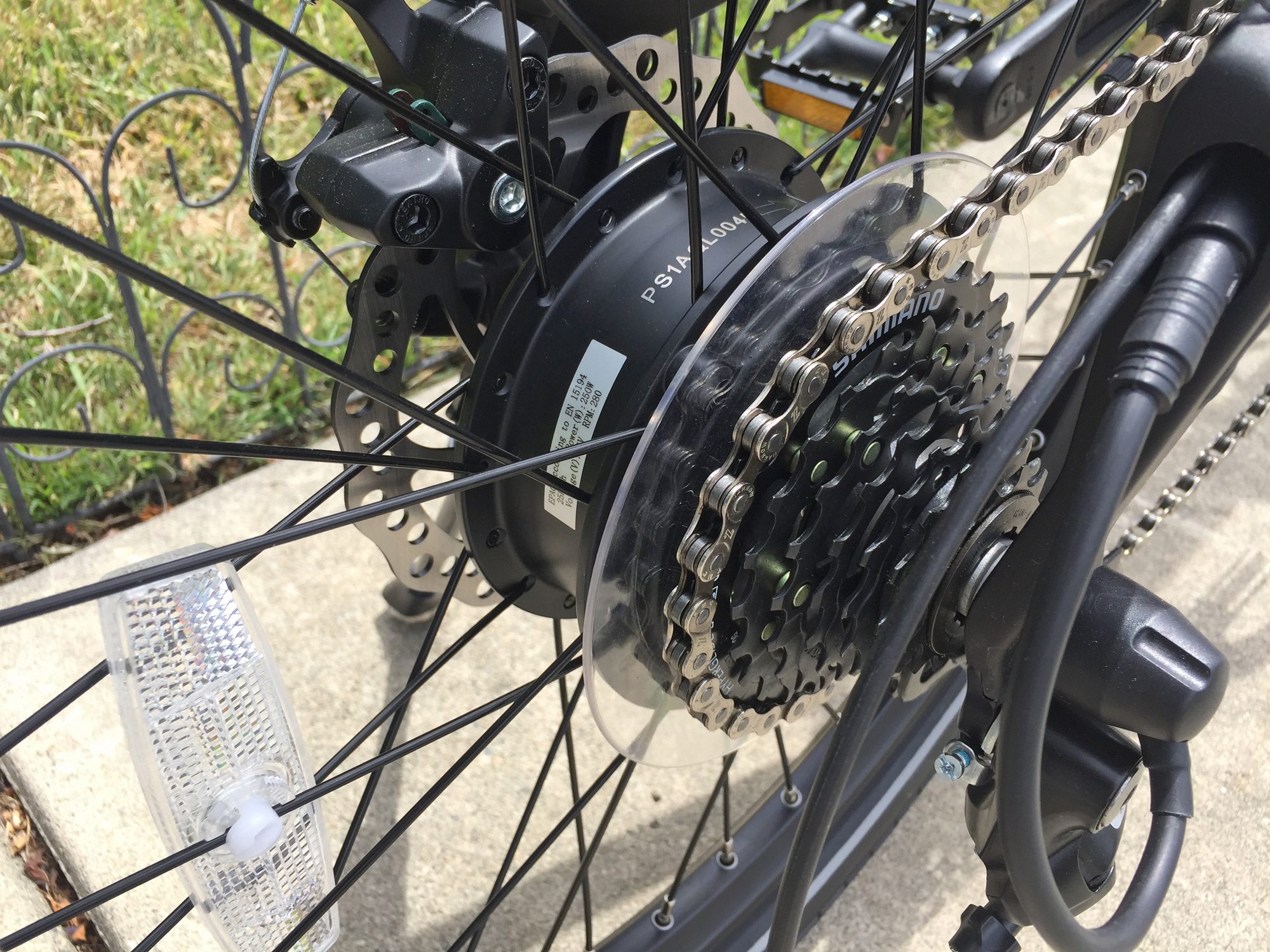
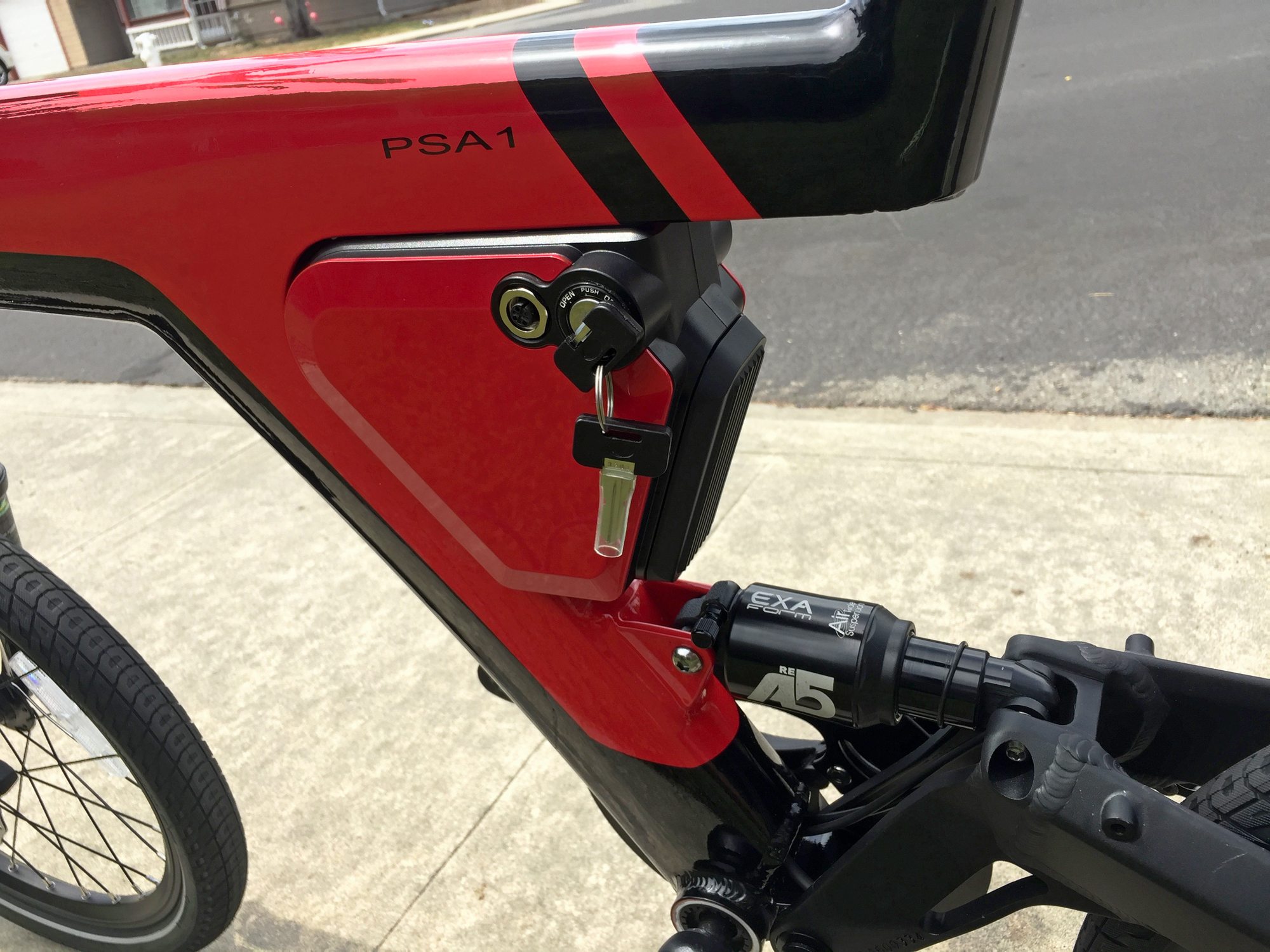
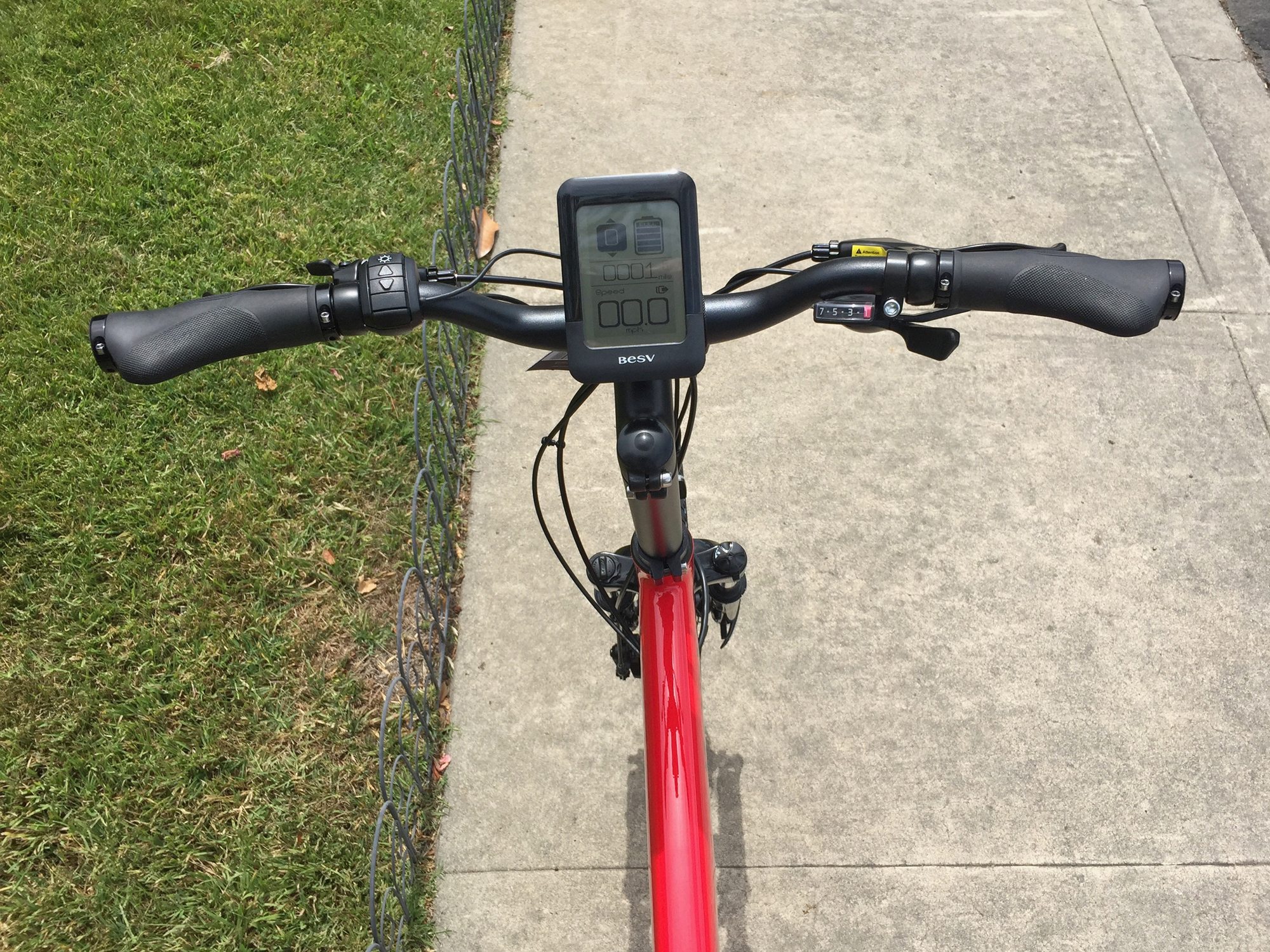
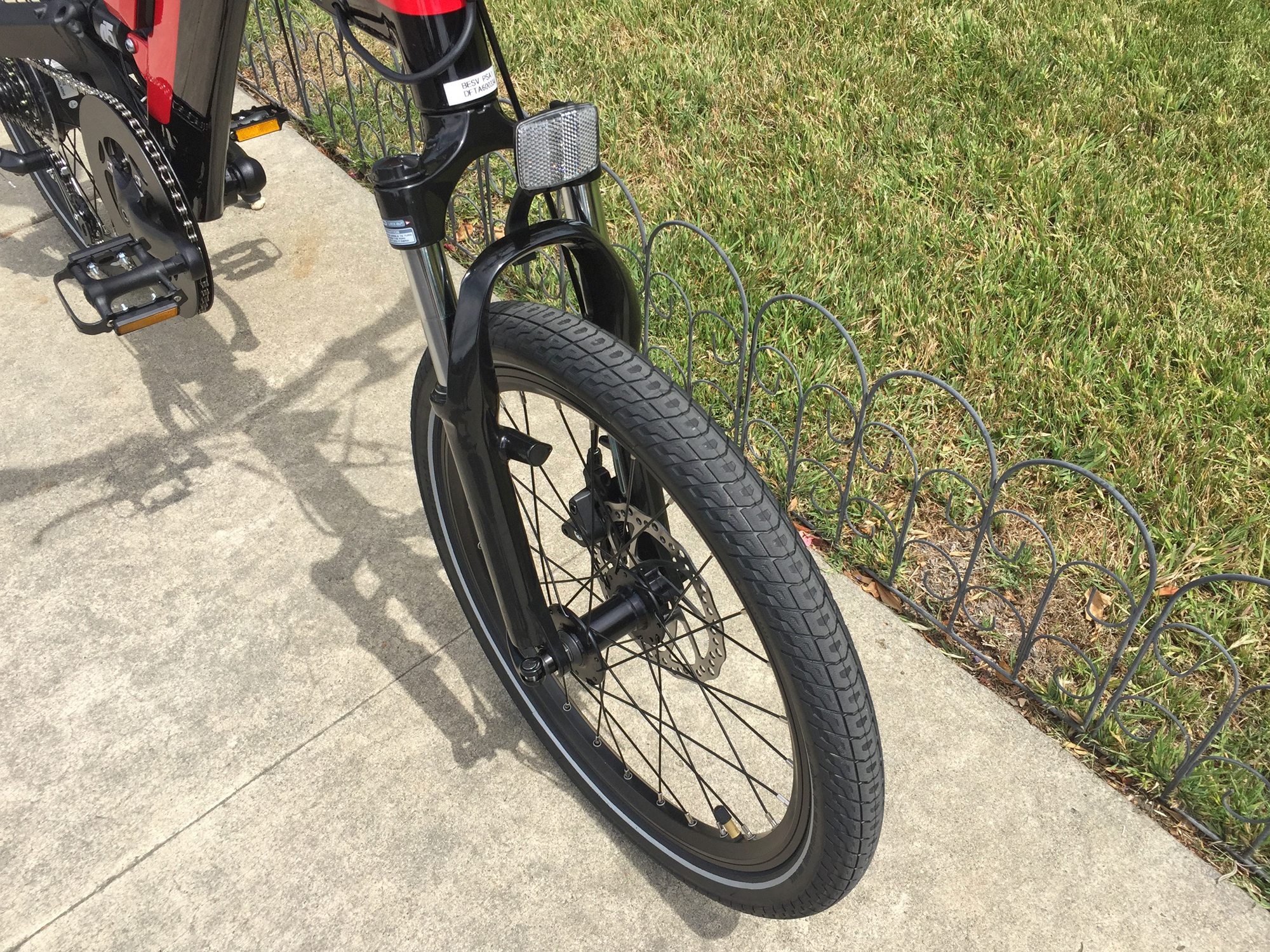
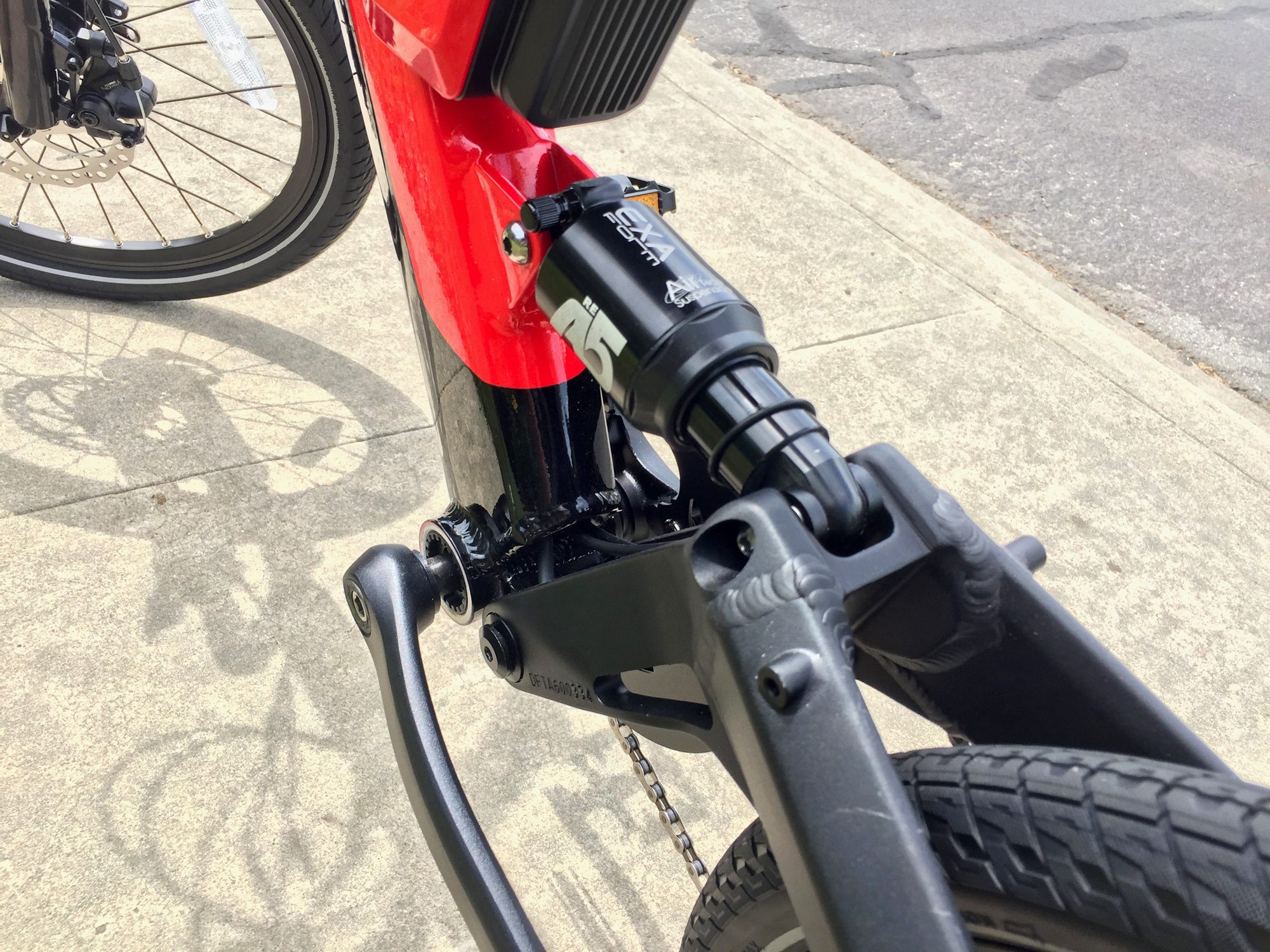
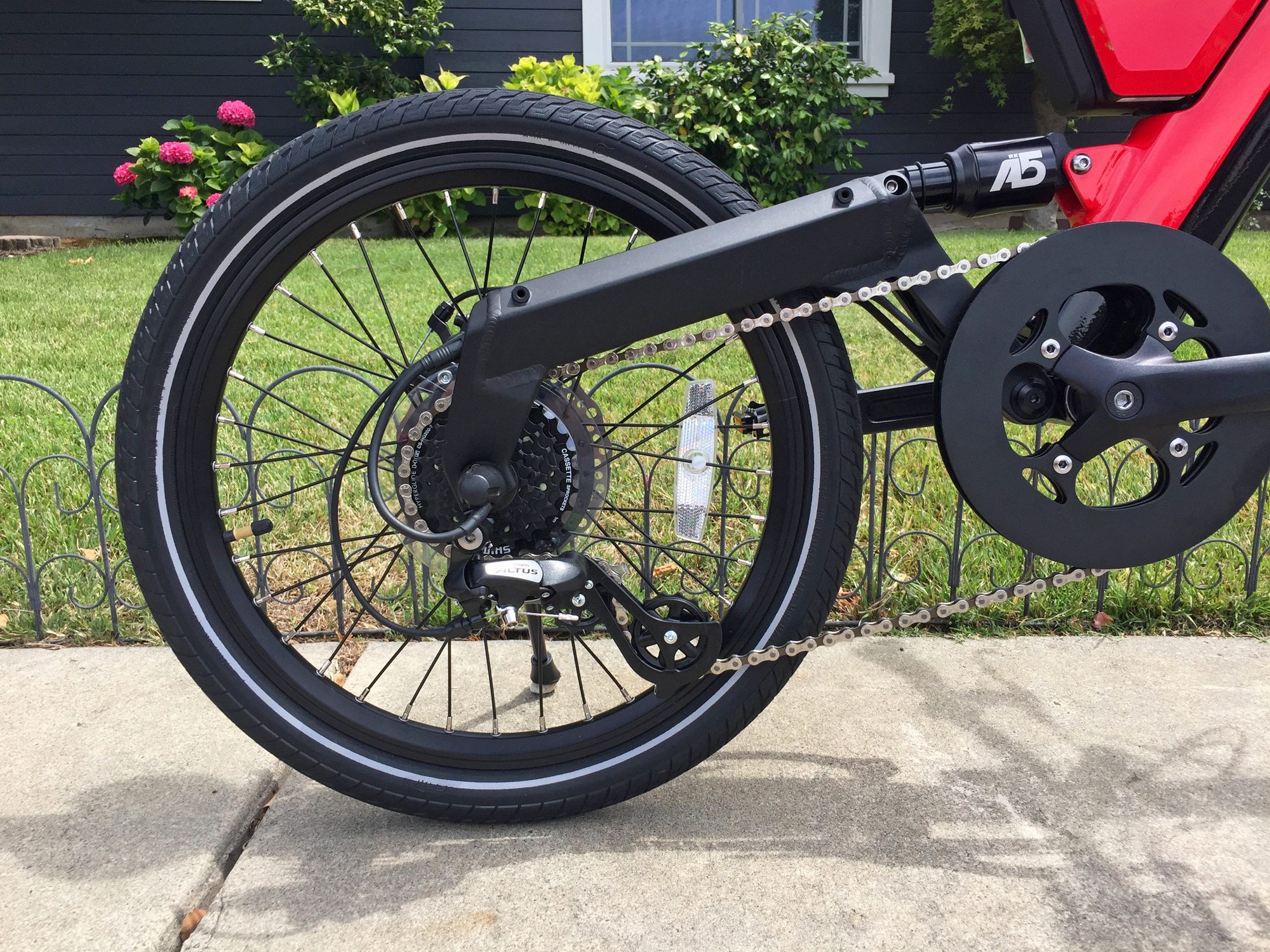
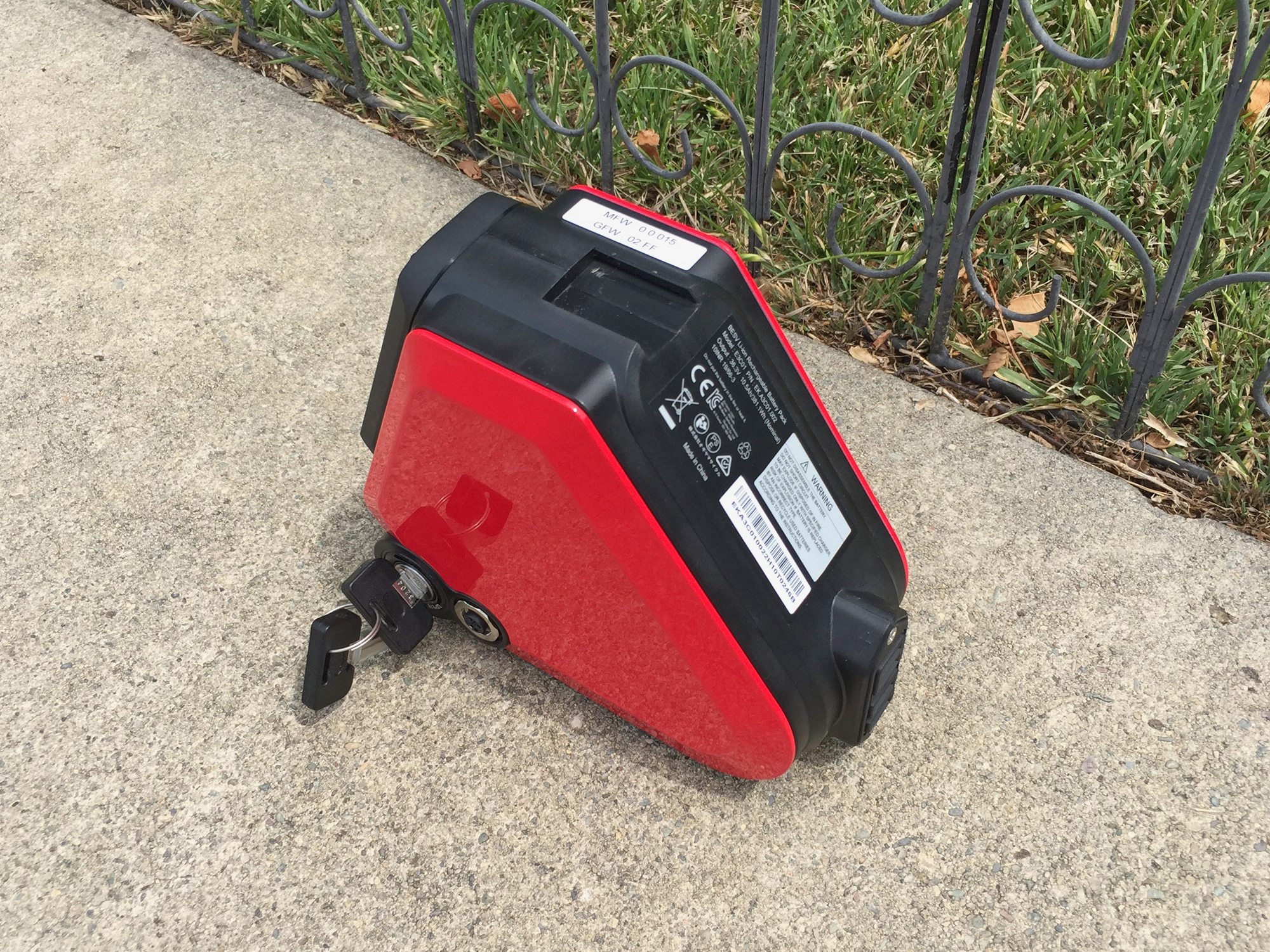
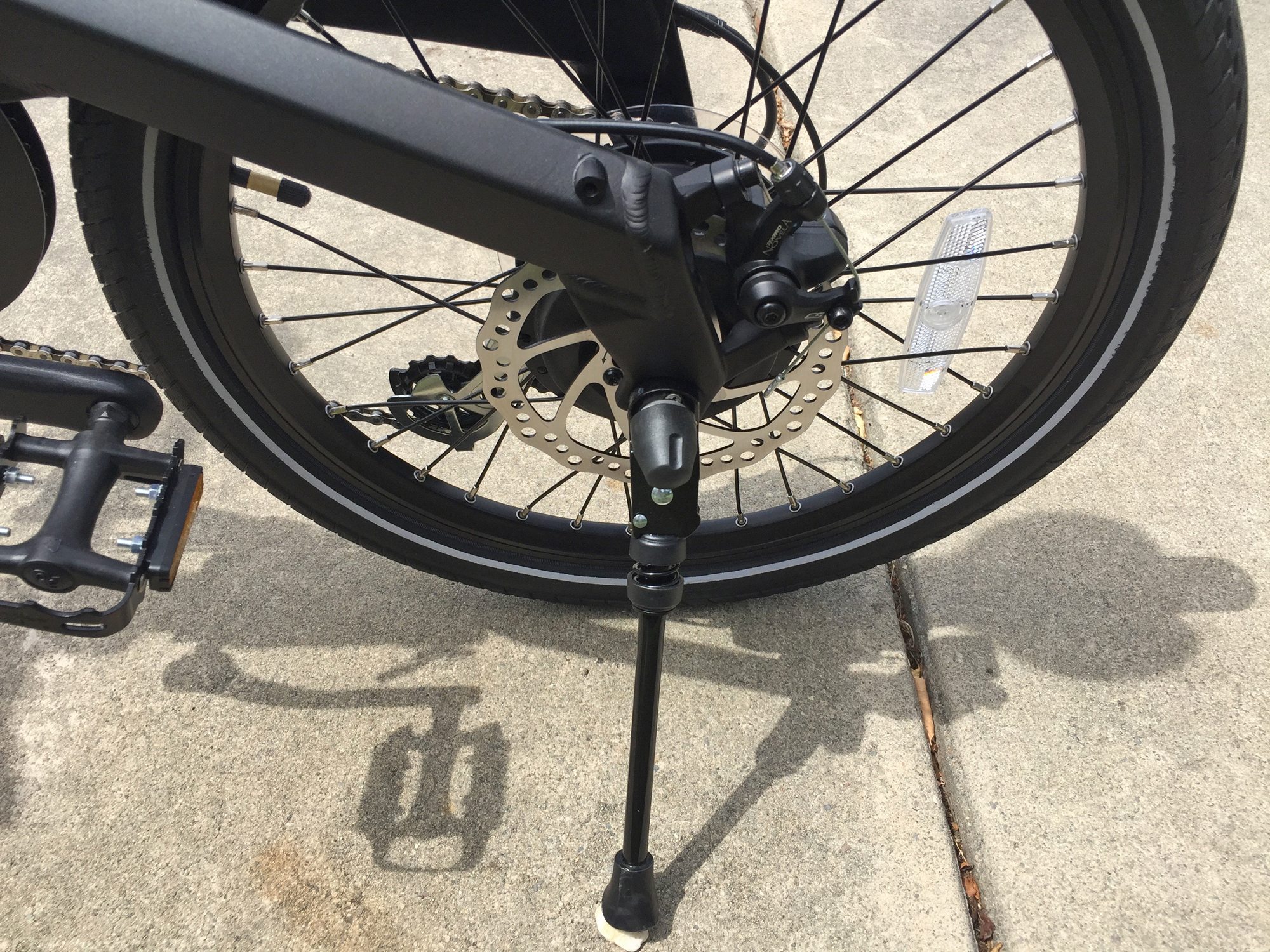
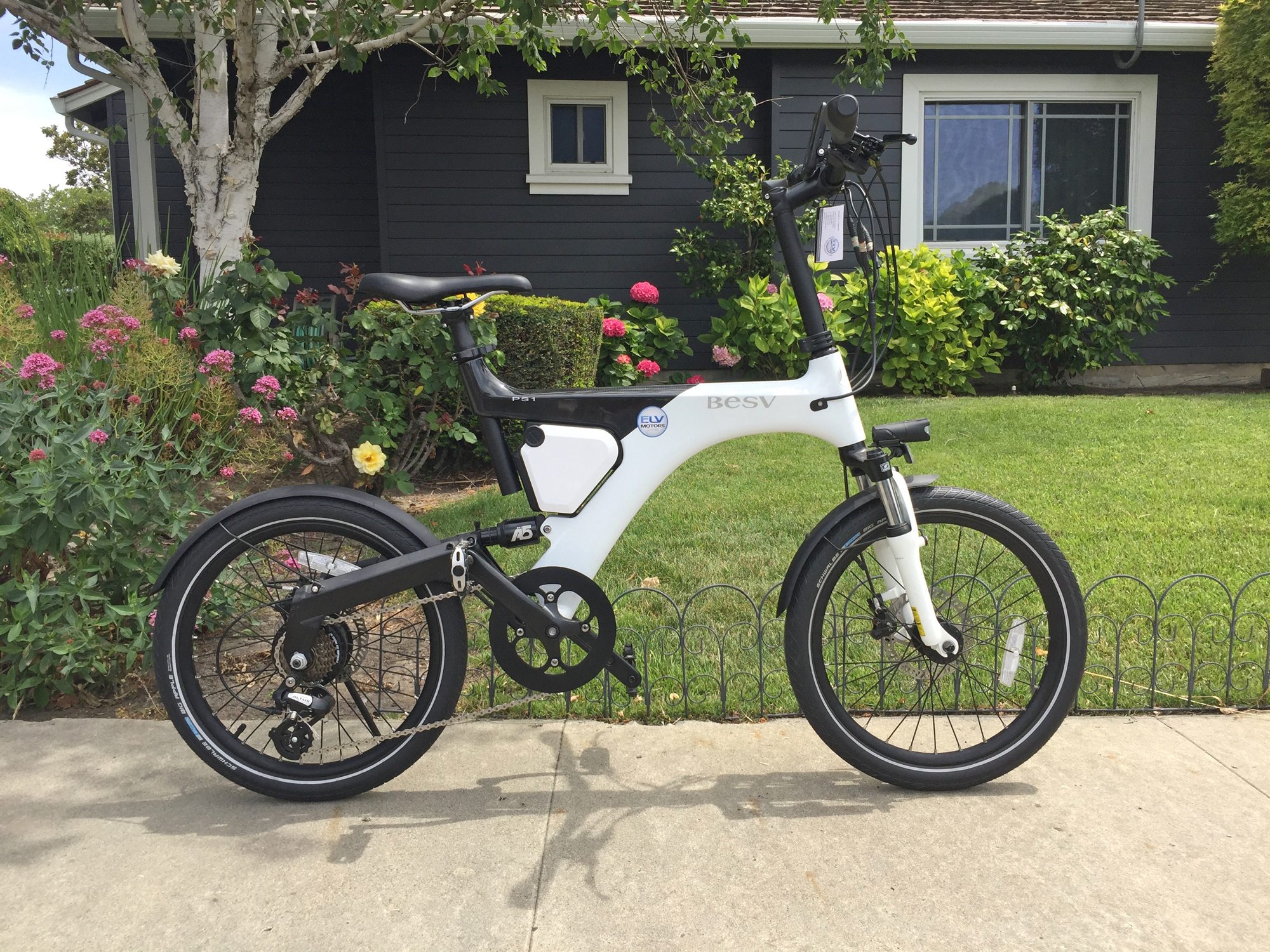
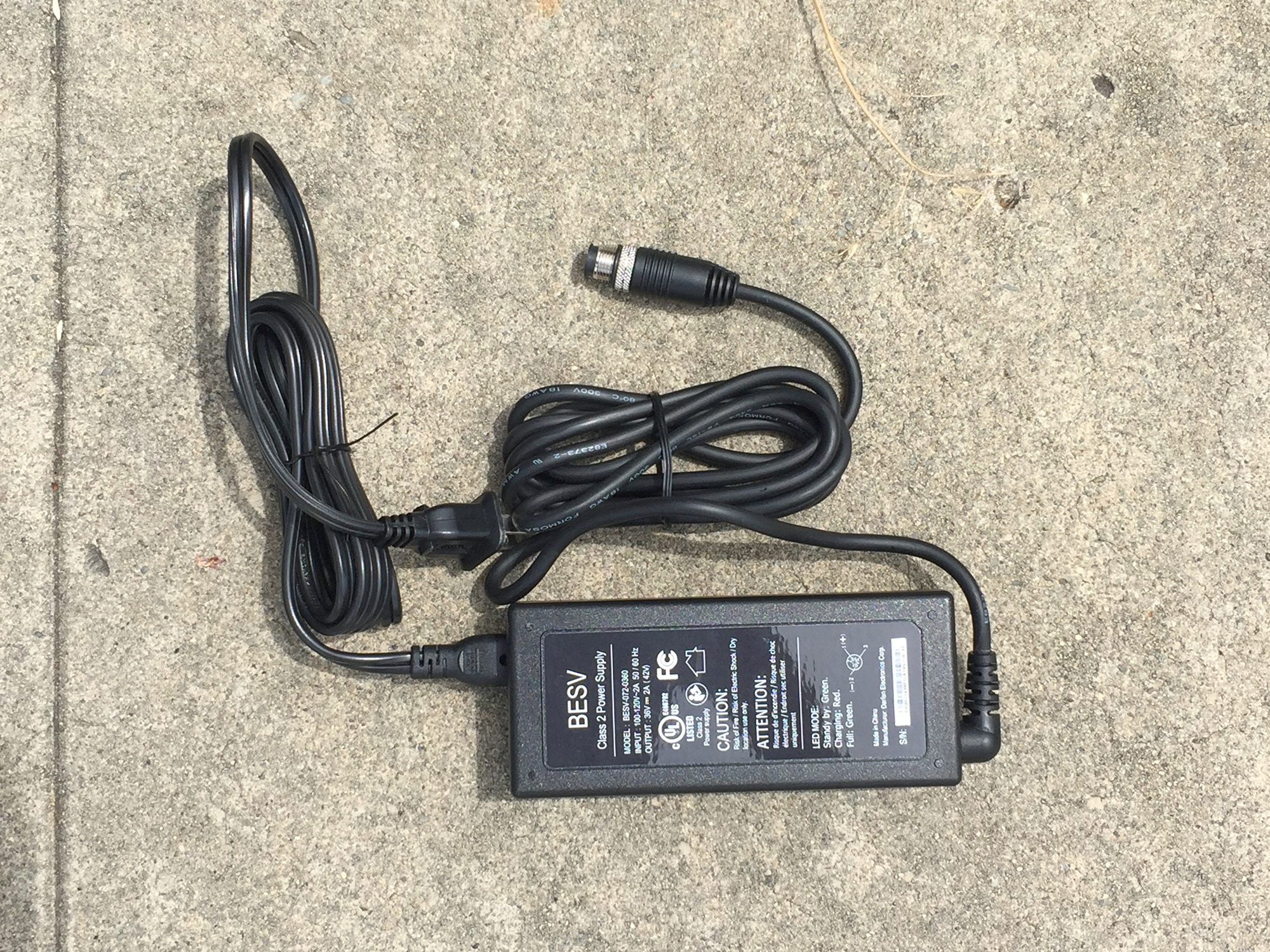

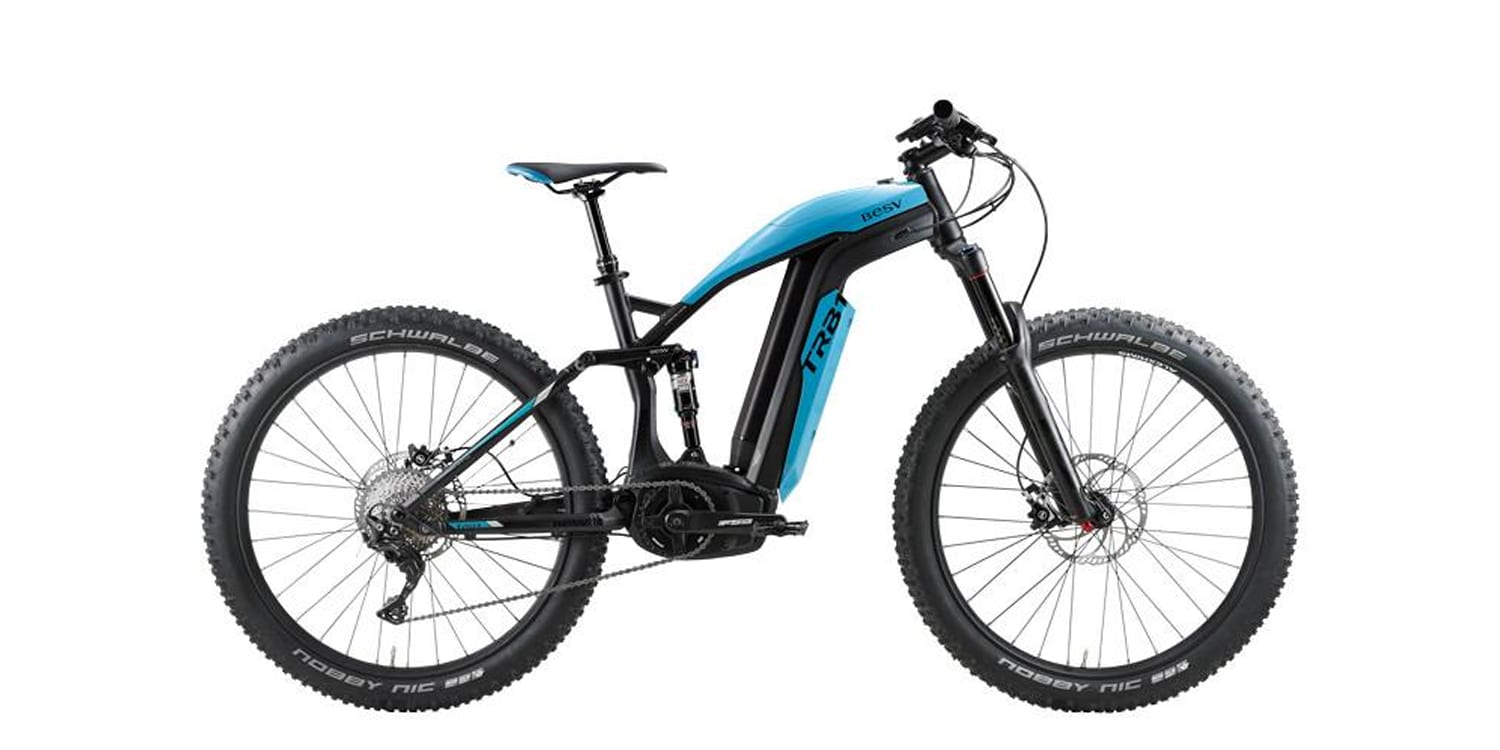
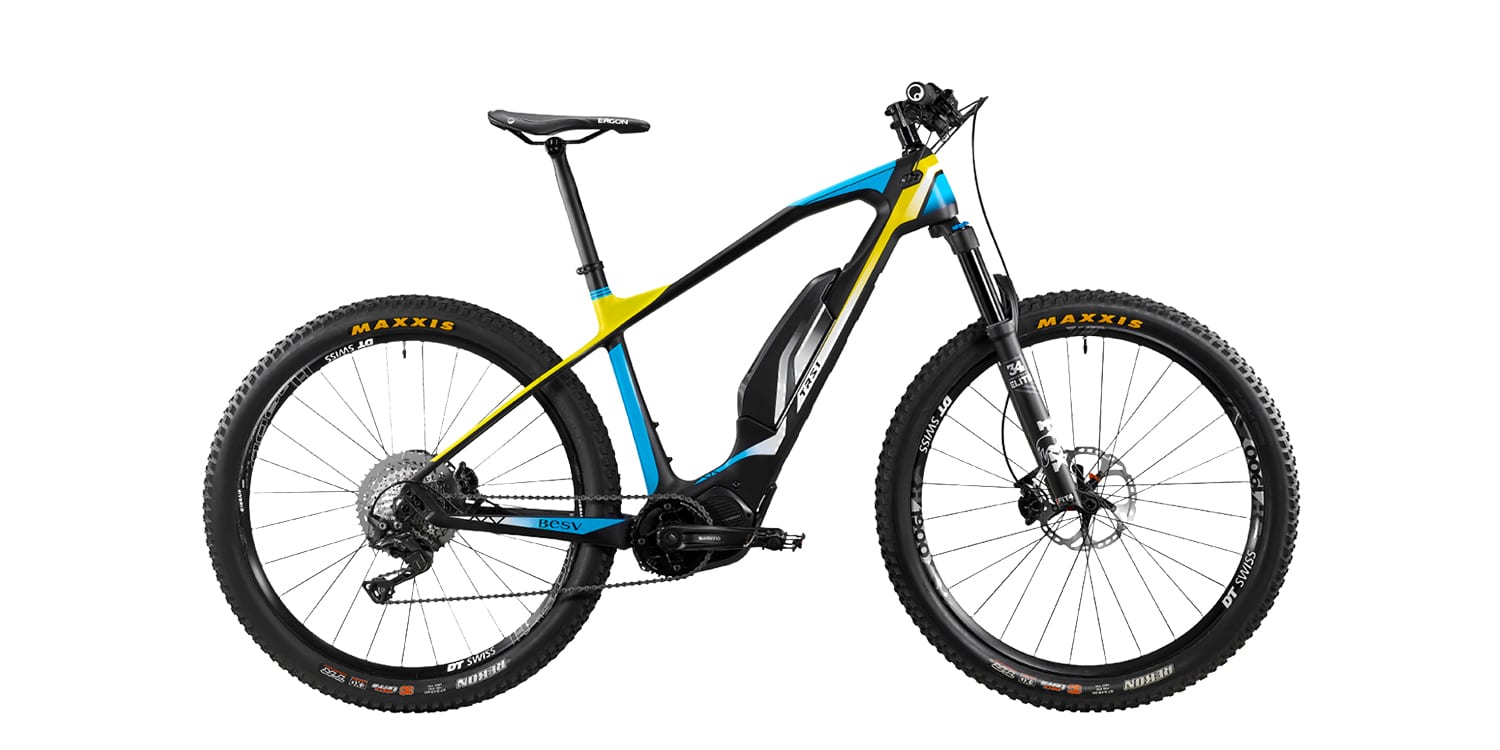
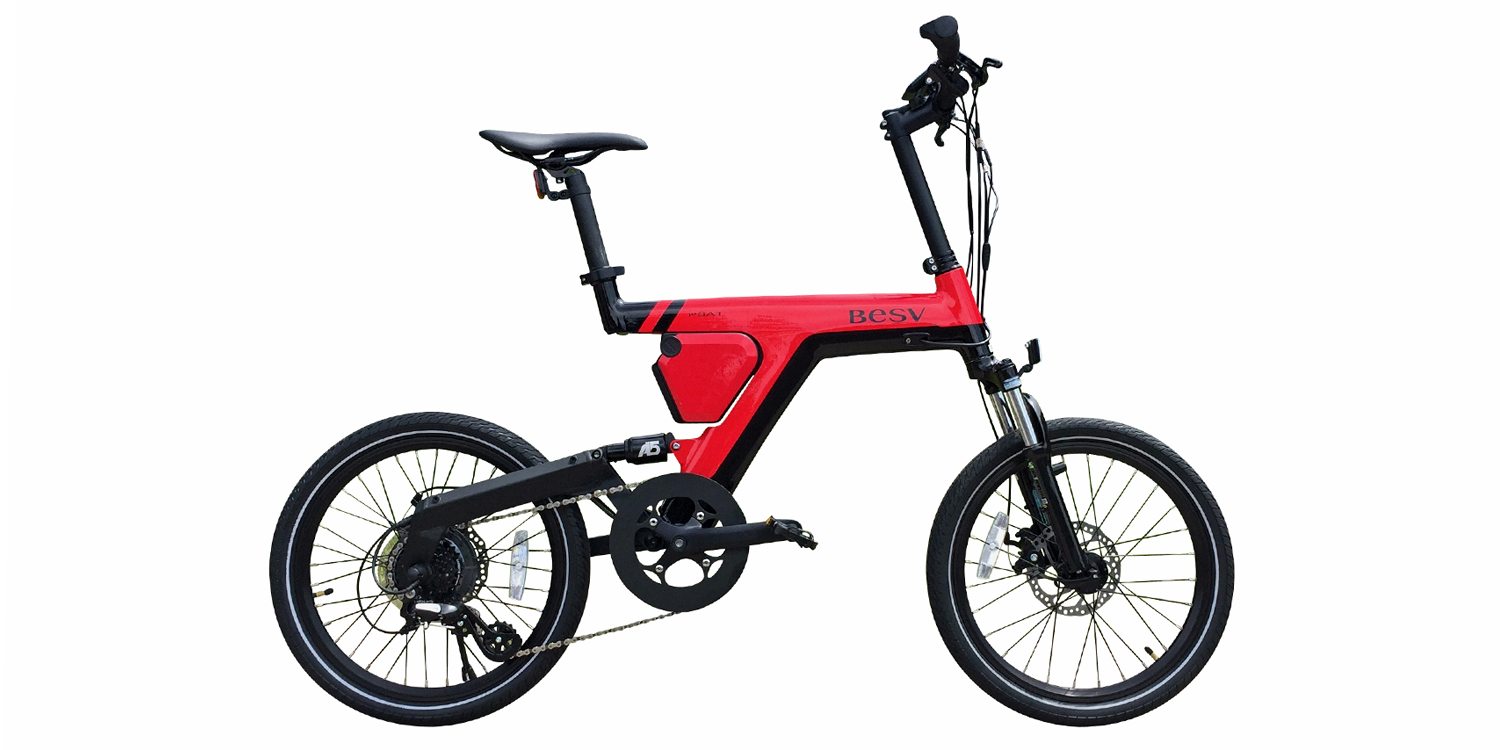
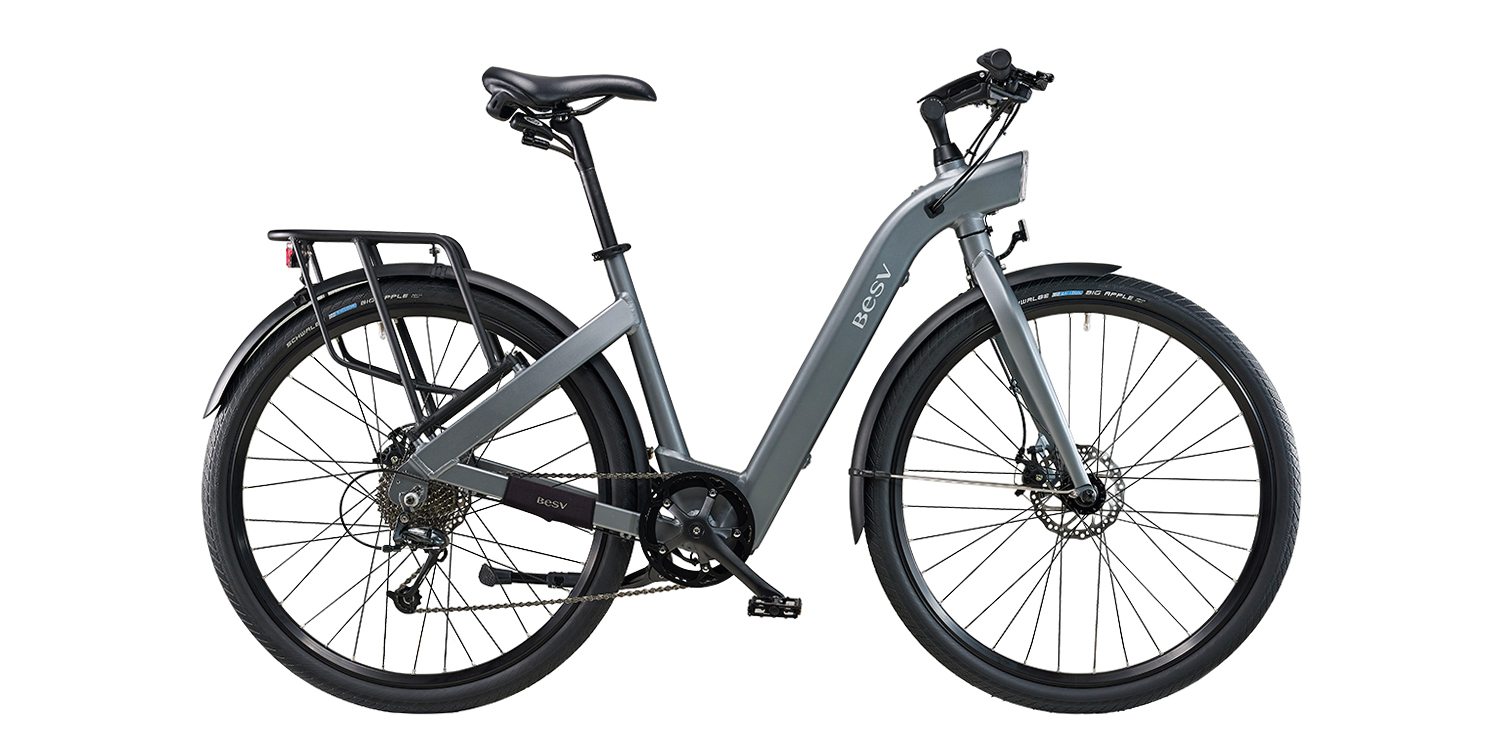
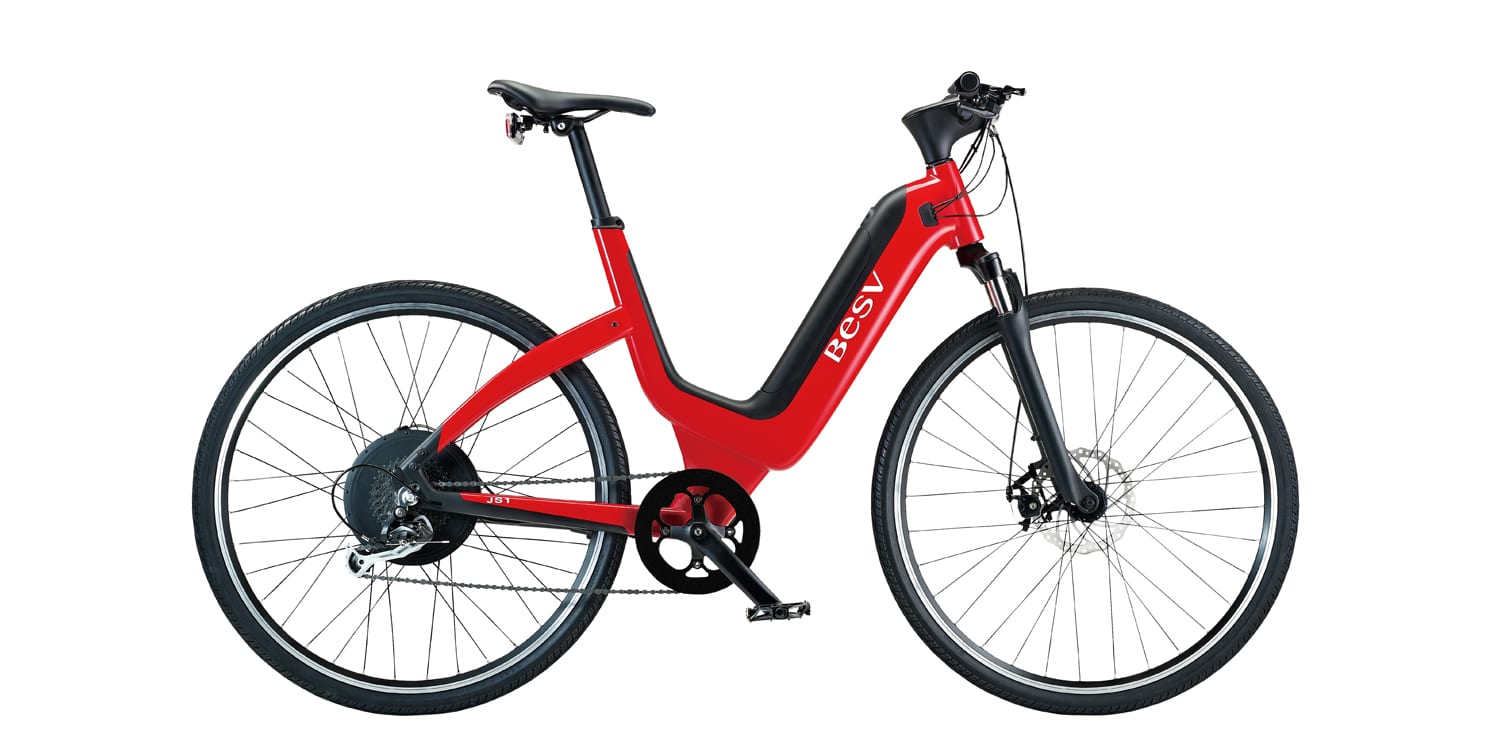
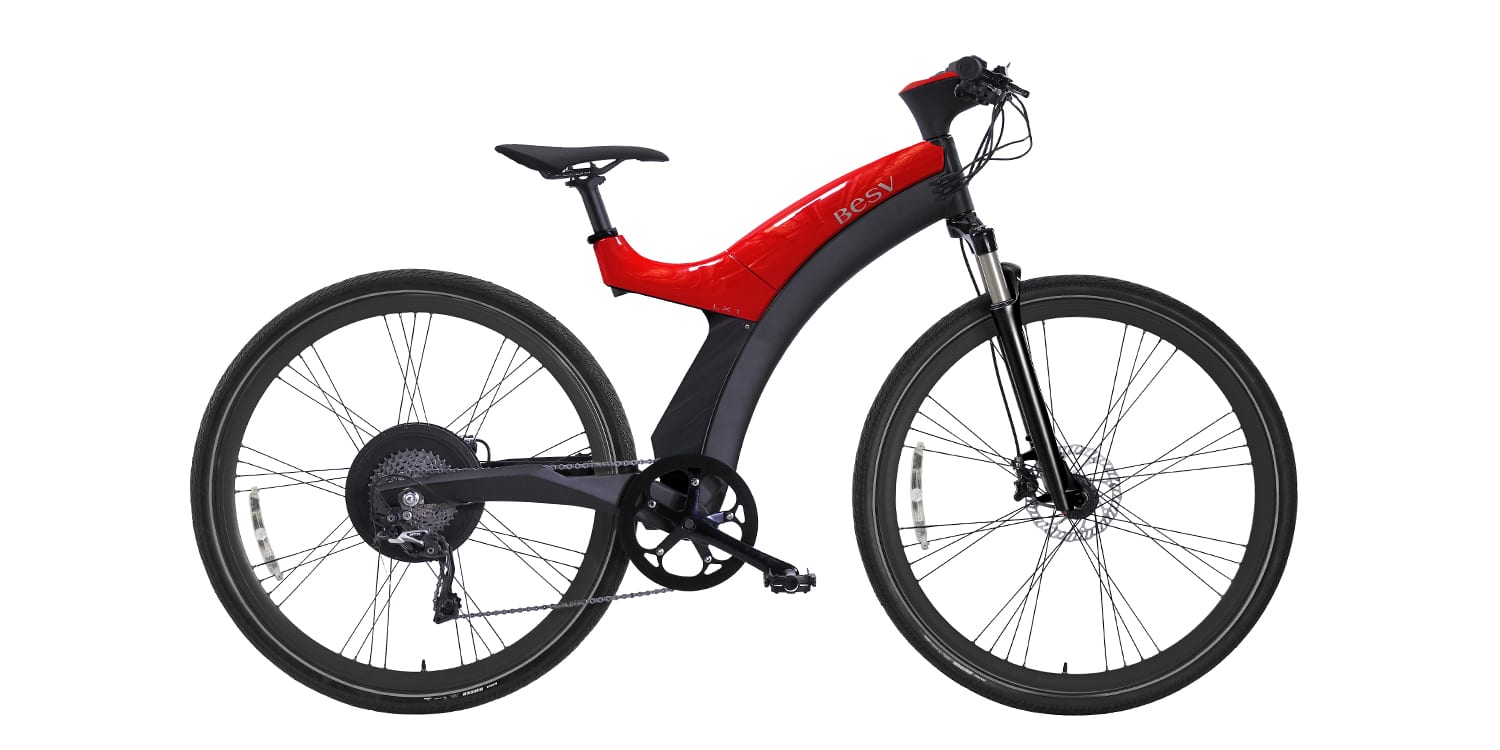
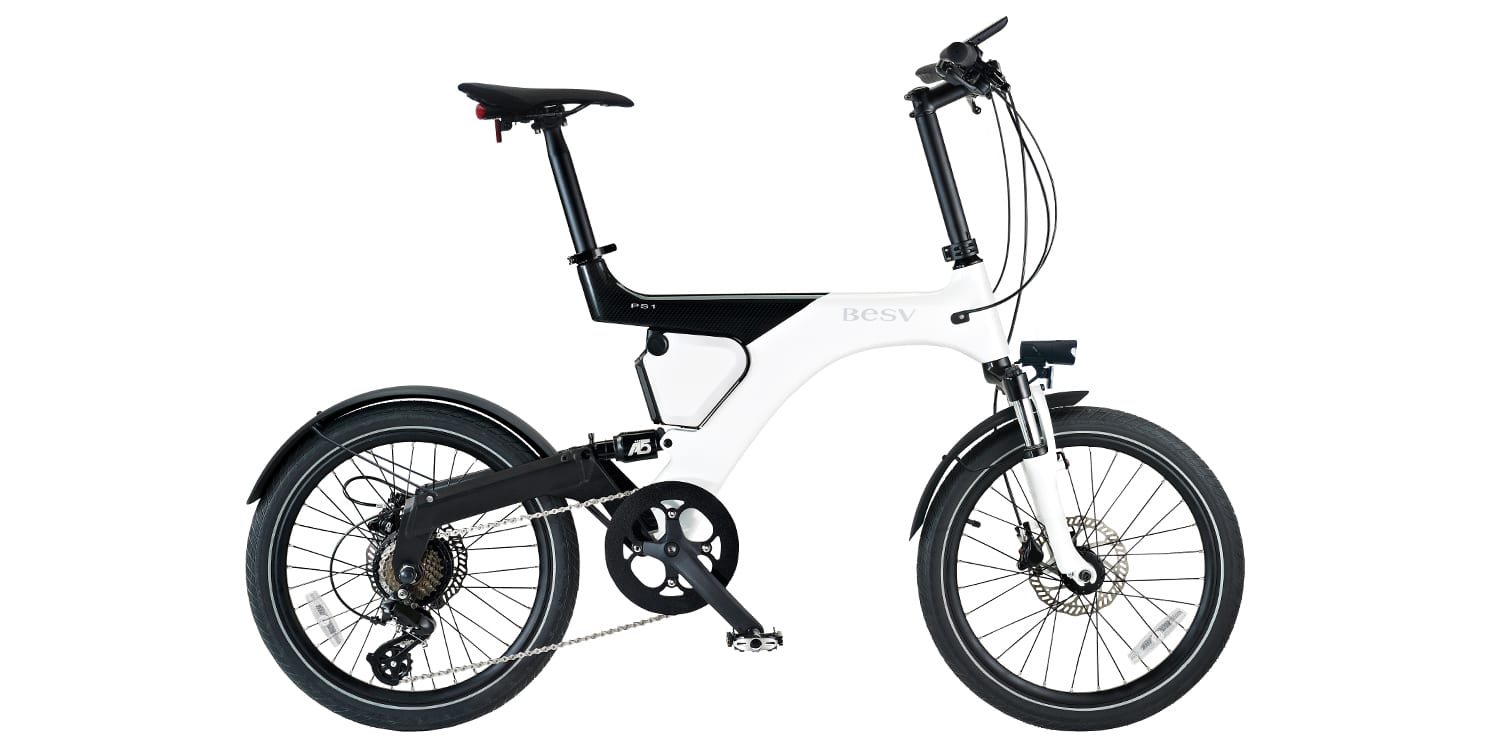
Reader Interactions